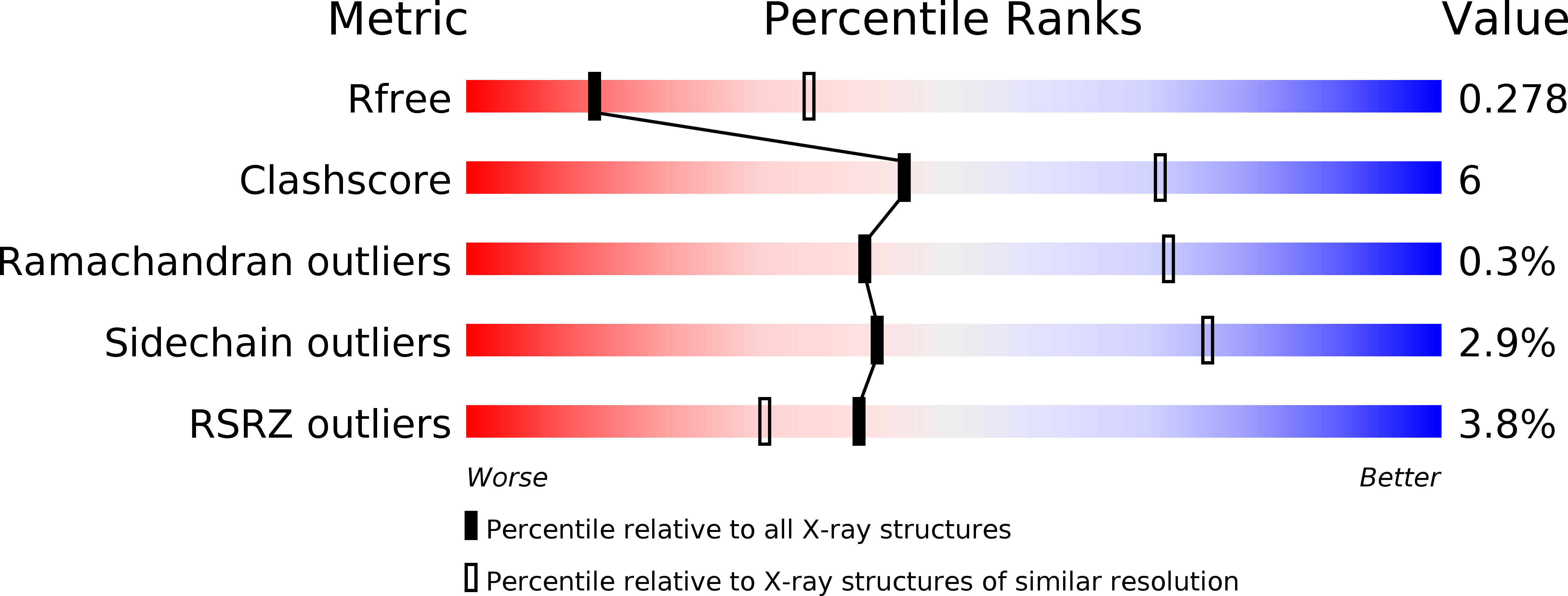
Deposition Date
2018-02-20
Release Date
2018-08-08
Last Version Date
2024-01-17
Entry Detail
PDB ID:
6FSQ
Keywords:
Title:
Structure of A3_bGFPD, an artificial bi-domain protein based on two different alphaRep domains : A3 and a GFP binding domain (bGFPD)
Biological Source:
Source Organism:
synthetic construct (Taxon ID: 32630)
Host Organism:
Method Details:
Experimental Method:
Resolution:
2.79 Å
R-Value Free:
0.26
R-Value Work:
0.20
R-Value Observed:
0.20
Space Group:
C 2 2 21


